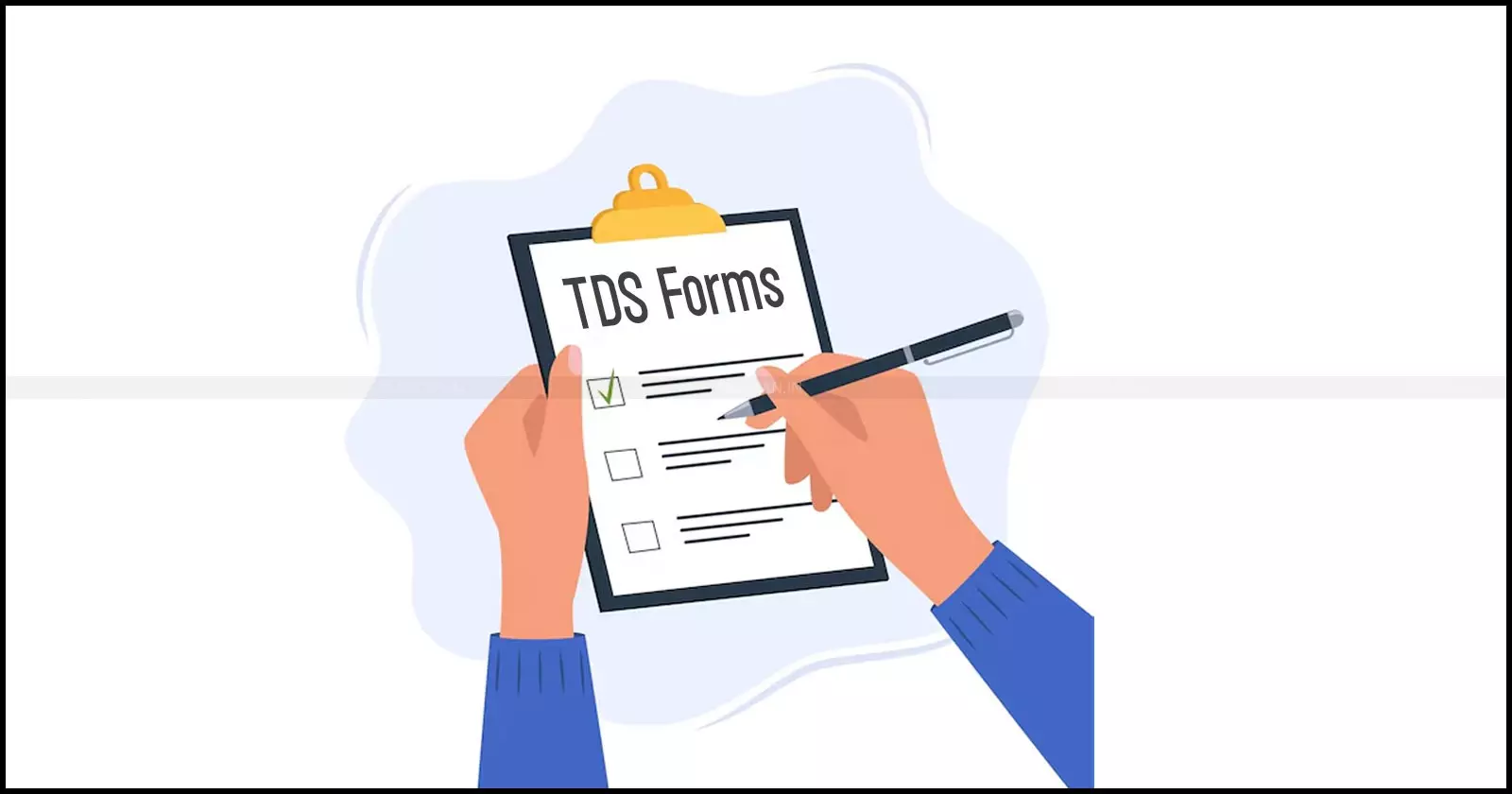New Income Tax TDS Form, Requirements from April 1, 2026 with New Act, Rules Implementation: Find Checklist for Preparation Here
The Government is rolling out a revised Tax Deducted at Source (TDS) form to simplify tax compliance and improve transparency.

The Income Tax Department will roll out a new TDS (Tax Deducted at Source) form that will come into effect from April 1, 2026. The revised format is expected to improve compliance, minimize mismatches, and integrate seamlessly with existing tax records.
The updated form may introduce additional disclosures to enable better income tracking. It is also expected to integrate with the Annual Information Statement (AIS) and Form 26AS, ensuring all income and deductions are visible in one place. The sections have been simplified to reduce common filing errors, while full digital compatibility makes it easier for taxpayers to submit filings online.
E-Filing Mistakes Can Be Costly! Avoid penalties now! Click here
For salaried individuals, the form provides a clearer breakdown of salary and deductions, helping reduce errors during return filing. This also means fewer mismatches between Form 16, AIS, and actual returns. With consolidated financial data, employees will have a smoother compliance process and a more transparent view of their tax liabilities.
Employers and small businesses will need to update or upgrade payroll and accounting systems to comply with the new format. Staff will require training on the updated standards, but in the long run, this will result in fewer discrepancies and simpler audits. Though the transition may involve upfront costs and effort, the improvements in efficiency will pay off.
Alongside the new TDS form, several other tax updates will also take effect from April 2026. These include revised exemptions, clarified rules on the taxation of digital assets, and updated guidelines on advance tax. Together, these changes aim to streamline tax administration and align reporting requirements with the evolving financial ecosystem.
Early preparation will be critical. For individuals, this means organizing salary slips, Form 16s, and deduction proofs, and cross-checking income details against AIS and Form 26AS. Regularly reviewing exemptions and deductions under the new rules will also help.
For businesses, the focus should be on system upgrades, staff training, and consulting tax professionals to ensure a smooth transition. Setting up a compliance calendar for quarterly filings and reconciliations will reduce last-minute errors.
E-Filing Mistakes Can Be Costly! Avoid penalties now! Click here
The rollout may face initial resistance, particularly around technical upgrades and staff training. There could also be teething issues such as technical glitches during digital filing. However, the long-term benefits of improved accuracy, fewer mismatches, and streamlined audits outweigh the short-term hurdles.
The introduction of the new TDS form is essentially a cleanup exercise for India’s tax compliance framework. While the adjustment may be demanding at first, the changes are expected to bring greater efficiency, transparency, and accuracy in the long run. Preparing early both for individuals and businesses will be key to navigating this transition successfully.
Support our journalism by subscribing to Taxscan premium. Follow us on Telegram for quick updates


